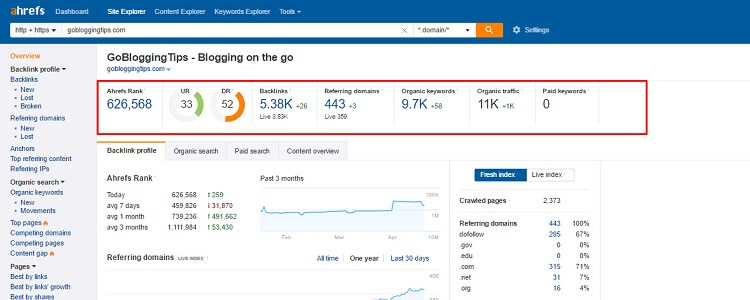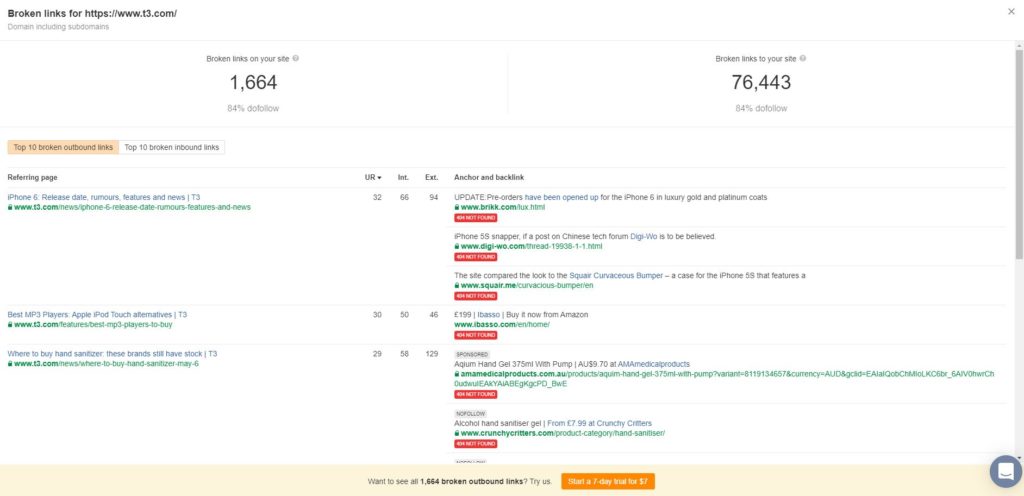

Give more transparency into the saving behaviors of others in similar situations. Or by utilizing social norms and making saving a more visible and celebrated behavior, FinTech companies can help create a culture of saving that benefits everyone.Įnable features that make banking more social, like splitting a bill, joining a “savings challenge” with friends, or paying into a shared saving pot. By understanding the social forces that drive financial decisions, FinTech apps can use the power of ‘social influence’ to create experiences that motivate users to save more money.įor example, by showing users how their savings behavior compares to others in their network or in a similar life situation, these apps can tap into the power of social comparison to encourage positive financial behaviors. People often look to others to guide their decisions and behavior. I Like 👍 - Using the Power of Social Influence to Support Saving Behavior With the use of visualizations, help users better understand their own spending habits and where they can adjust their allocations.

Provide nudges and prompts to allocate funds that align with the person’s mental accounting.ģ. Learn about your user's spending categories and habits by asking them and/or tracking their spending over time.Ģ.

For instance, many people mentally separate their income into bills, rent, groceries, savings, and non-essential spending.įinTech apps can use this knowledge to provide users with more personalized advice and recommendations on allocating and budgeting their money more efficiently based on their unique mental accounting structures and habits.ġ. This includes the money's source, intended use, or emotional significance.

‘Mental Accounting’ is a behavioral science principle that describes how people value and treat the same amount of money differently based on how they mentally categorize it. Mind over Money: The Power of ‘Mental Accounting’ in FinTech


 0 kommentar(er)
0 kommentar(er)
